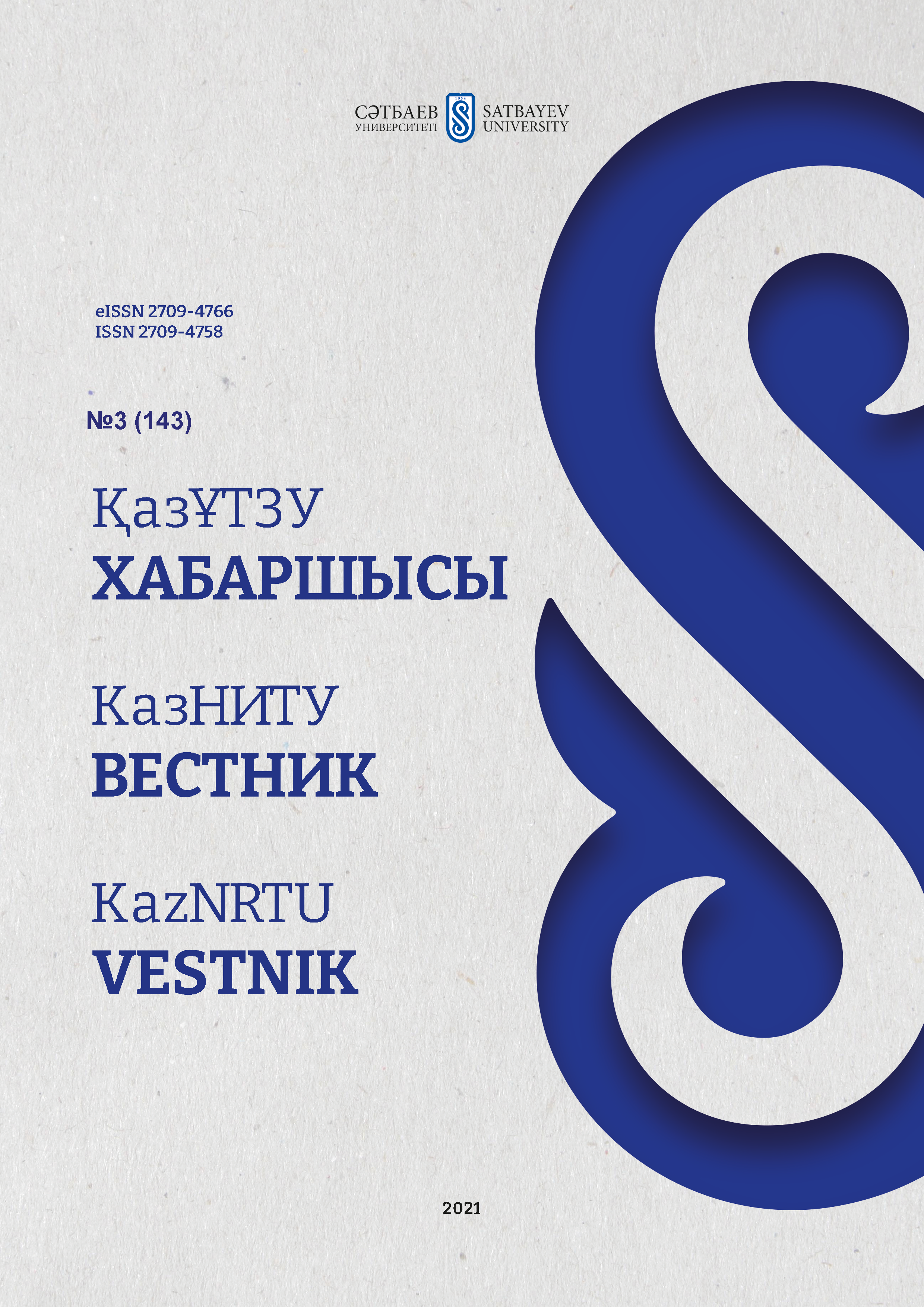Pore-network modeling and determination of rock and two-phase fluid flow properties
DOI:
https://doi.org/10.51301/vest.su.2021.i3.15Keywords:
Pore network model, direct numerical simulation, micro-computed tomography, porosity, absolute permeability, relative permeability, pore size distribution, tortuosity, capillary pressureAbstract
Pore-scale modeling is becoming widely applied in the oil industry. The objective of pore-scale imaging and modeling is to predict the properties of multiphase flow in porous media. Pore-network model construction of geologically realistic samples and determination of rock and two-phase fluid flow properties are described and discussed in this paper. Pore-network models were constructed using published micro-computed tomography images of different rock samples. Effective porosity, average absolute permeability, capillary pressure, tortuosity (in 3 directions), and relative permeability were calculated for 2 types of displacement (drainage and imbibition). Avizo® Software and two-phase code were used for volume rendering of rock samples and calculations of rock and two-phase fluid flow properties, since it is a valuable and reliable tool for prediction of petrophysical properties and has advances in visualization of the pore space. Created 3D models of core samples based on micro-computed tomography scan data will allow oil and oilfield service companies to create a digital core database on a computer instead of storing physical cores in warehouses, which in turn greatly facilitates access to cores for further work with them.
Downloads
Published
How to Cite
Issue
Section
License
Copyright (c) 2021 VESTNIK KAZNRTU

This work is licensed under a Creative Commons Attribution-NonCommercial-NoDerivatives 4.0 International License.
<div class="pkpfooter-son">
<a rel="license" href="http://creativecommons.org/licenses/by-nc/4.0/"><img alt="Creative Commons License" style="border-width:0" src="https://i.creativecommons.org/l/by-nc/4.0/80x15.png"></a><br>This work is licensed under a <a rel="license" href="http://creativecommons.org/licenses/by-nc/4.0/">Creative Commons Attribution-NonCommercial 4.0 International License</a>.
</div>





